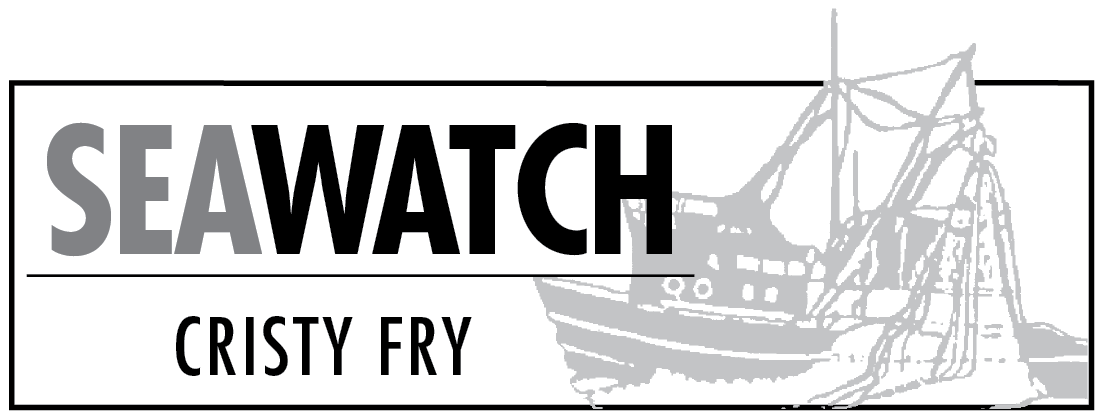The Togiak sac roe herring fishery started nearly two weeks earlier than predicted by the Alaska Department of Fish and Game analysis of Bering Sea ice and temperature models.
That analysis called for the fishery to kick off May 10. Instead, it started with a gillnet opening April 27, lasting until further notice, and a 76-hour seine opening on April 28.
The quota is set at 31,490 tons, which is 7 percent less than last year but 20 percent higher than the 10-year average.
It is unlikely that the fleet will end up harvesting the entire quota, partly due to reduced processing capacity and partly due to price.
Togiak herring ended up fetching $600 per ton last season, but with an advance price of only $100 per ton this season, it is not likely to come even close to that relative bounty.
There are six processors buying in the region this year, but two of them are leaving at least one of their large floating processors home. Ocean Beauty dropped out entirely, but was replaced by Silver Bay Seafoods, based out of Sitka, with a newly built 53,000-square-foot on-shore plant in Naknek.
A preseason survey of processors pointed to a capacity of 24,000 tons for the season if everyone got as much fish as they wanted.
The low price is mostly due to a glut from last season, as well as changing cultural tastes in Japan, where most of the herring roe goes.
Japan used to have a thriving herring fishery in its own waters going back centuries, but over-fishing, habitat destruction and changing ocean conditions completely wiped it out.
The first known document with the symbol for “fish-not” related to the herring fishery appeared in 1548, although the fishery continued to thrive, and mass production really got going in 1772 with innovative new nets.
The highest herring harvest in Japan took place in 1897 with a catch of one million tons.
By 1958, it was all over. The fishery collapsed, never to recover.
The Togiak tender fleet is aided this season by the North Pacific Fishery Management Council taking final action that allows vessels with federal fishing permits to transit closer to Round Island, a walrus sanctuary, than was previously permitted.
Although the regulation was not enforced last year, vessels traveling closer than three miles to Round Island were in violation of their FFP.
Cristy Fry can be reached at realist468@gmail.com.


